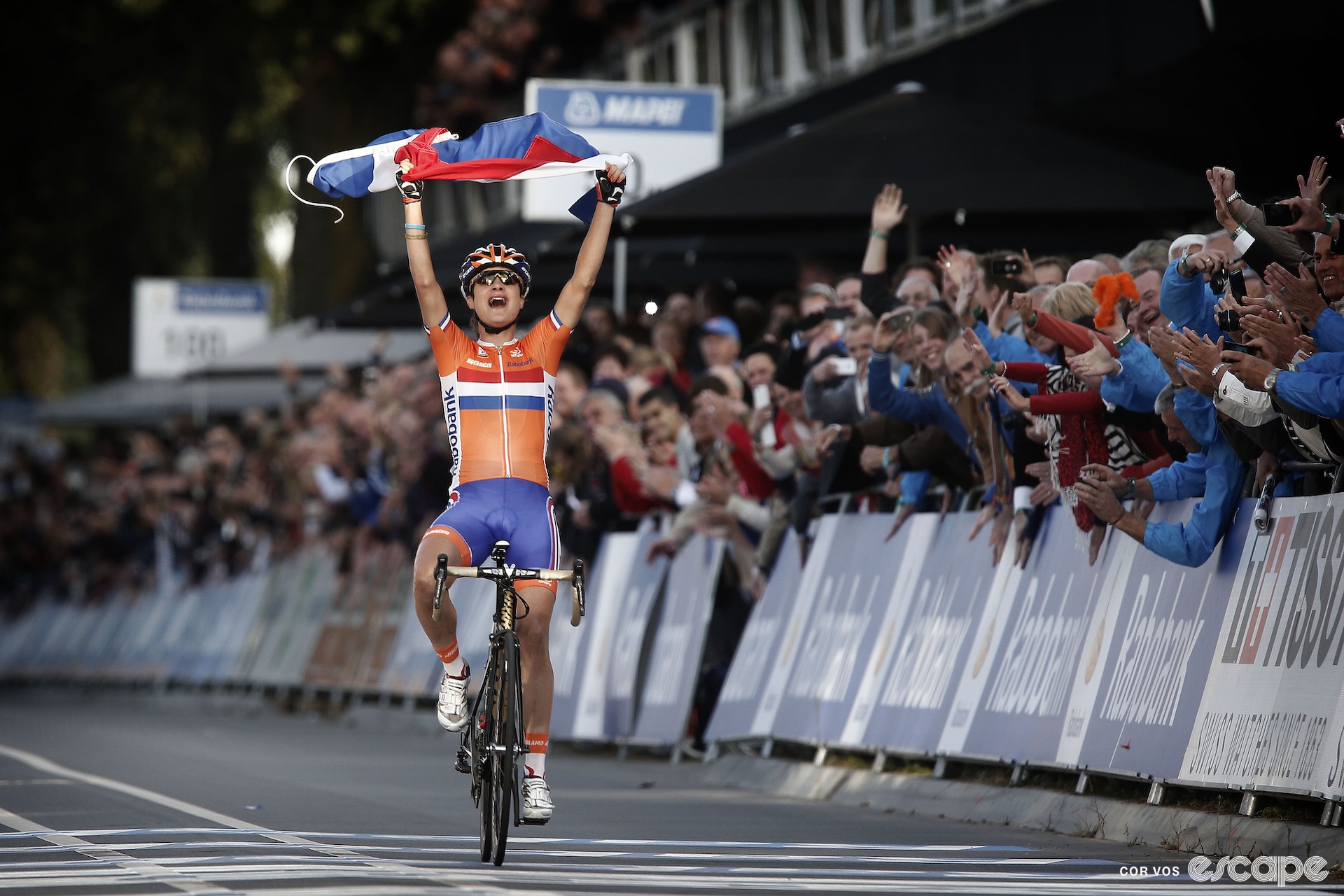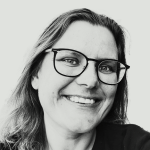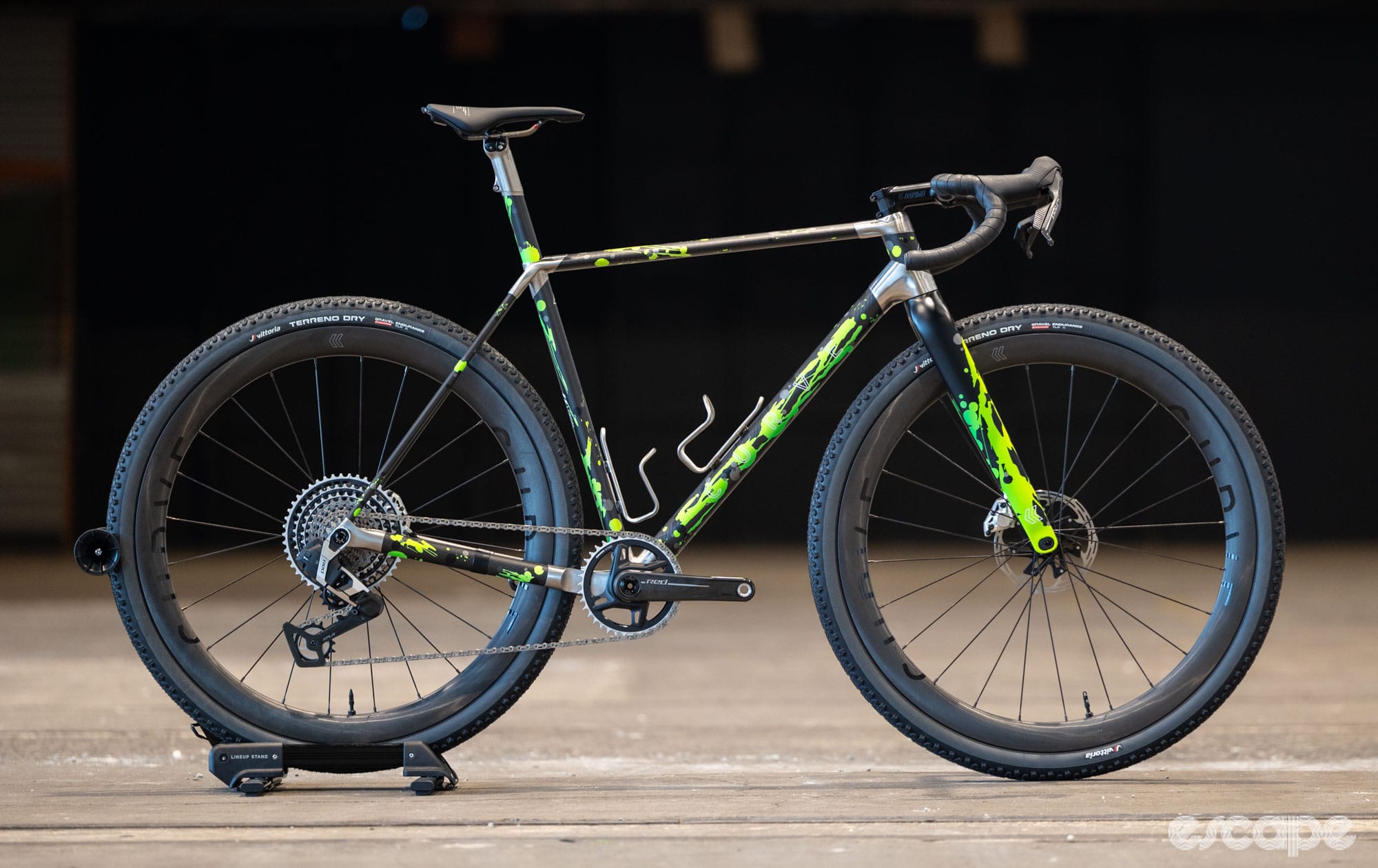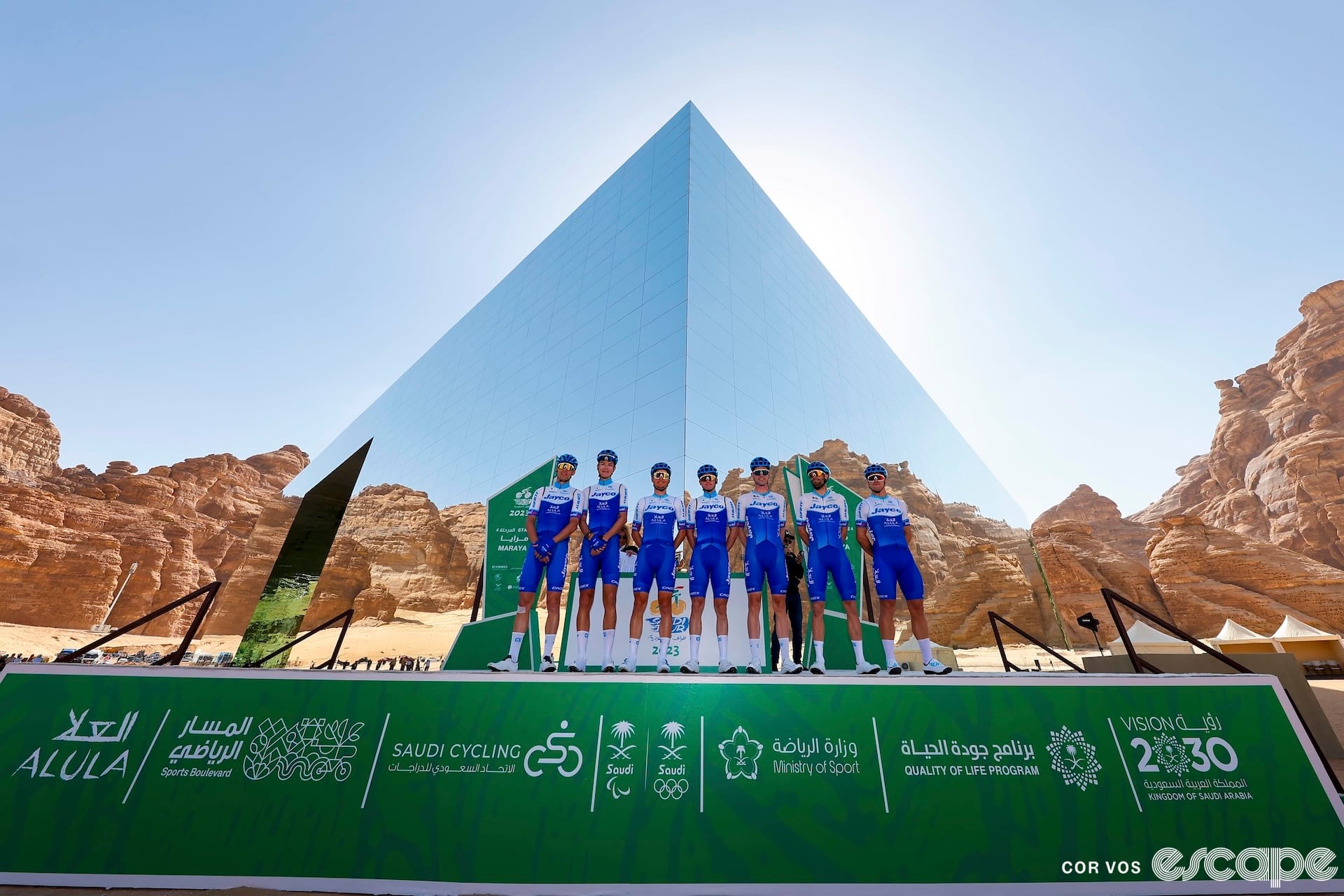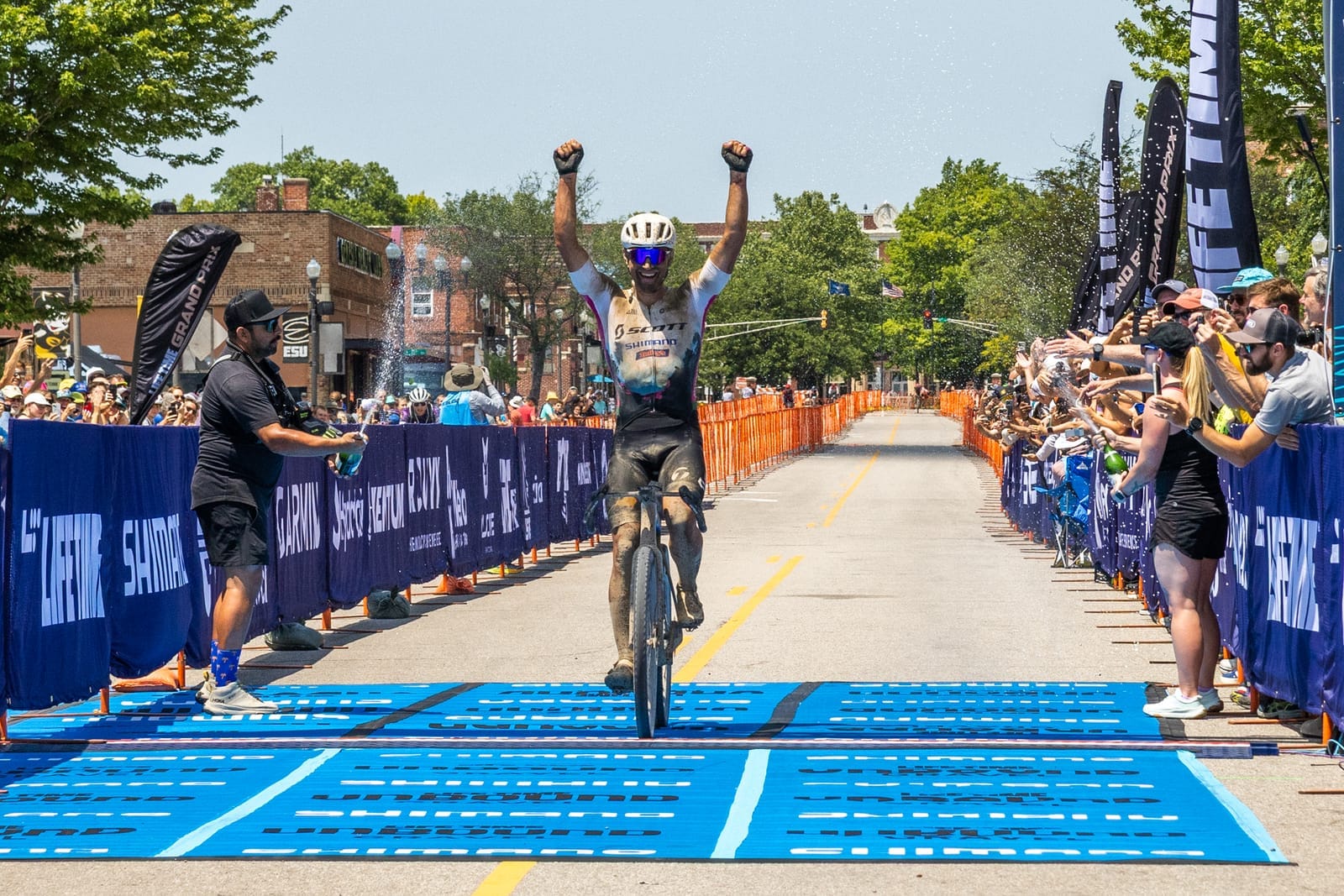We leave Rotterdam behind and drive roughly two and a half hours southeast to Valkenburg. For the Dutch this is already quite the drive. The biggest drive you could do from the northeast to the southwest would be around 420 kilometers. Yeah, we are a small country and always like to remind ourselves we are. It’s a cultural thing to say: we have achieved quite this or that for such a small "kikkerlandje," or "small frog land." The origins of that saying are a bit vague but there is plenty of water here so maybe that’s the association.
Valkenburg has hosted no less than five cycling World Championships, three of which were open to women. In 1979 Petra de Bruin won, for the Netherlands. In 1998 it was Diana Žiliūtė from Lithuania who took the rainbow stripes, and in 2012 Marianne Vos. It was quite the relief for Vos to finally get gold after five consecutive silver medals (she won in 2006, took second five times in a row, then won the next two). It is of course also home to the Amstel Gold Race where the finish is now about two kilometers further than the top of the Cauberg in Vilt.
The reason the south of Limburg is a popular place for races is the elevation. Most of the Netherlands is flat as you saw in recent days but here in the south we find the highest point of the mainland: the Vaalserberg at 322.7 meters above sea level. The Caribbean island of Saba, a former colony that joined the Kingdom of the Netherlands in 2010, has a much higher mountain (Mount Scenery at 887 m), so the Vaalserberg is officially not the highest point of the Netherlands anymore.
When we cross into Belgium we pass through the land of Herve, or as they say in Wallonia: Pays de Herve. It’s home to a particularly smelly cheese. What makes Herve cheese so special is the way it is made, the climate, and the type of grassland, but above all the presence of a unique strain of bacteria called bacterium linens.
The cheese is mostly cubic in shape. This soft cheese with a washed rind is made from raw or pasteurised cow's milk. It has a firm, creamy texture and a minimum fat content of 45%. Depending on the maturing time and the washing process, it can be mild or piquant.
For many years you could buy it in major supermarkets, but it has disappeared. Maybe the smell was just too much? The cheese is often served with Luikse Stroop, or Sirop de Liège. History tells us that as early as the 17th century, many farmers in the Pays de Herve had a copper boiler and a press to make syrup from the pears and apples in their orchards. This syrup was then sold alongside other farm produce.
The first signs of the industrialization of syrup production came around 1880-1890, with the first attempts at steam cooking and the advent of hydraulic presses. These two major innovations enabled larger quantities of fruit to be processed, and the first industrial syrup factories were born.
You can still buy the characteristic blue jars in the supermarket. It’s nice with cheese but also in stews to give a little bit of tarty fruitiness. I am also pretty sure you could use it for your own oat bars if you want to climb the short and steep hills of stage 4.
Did we do a good job with this story?

